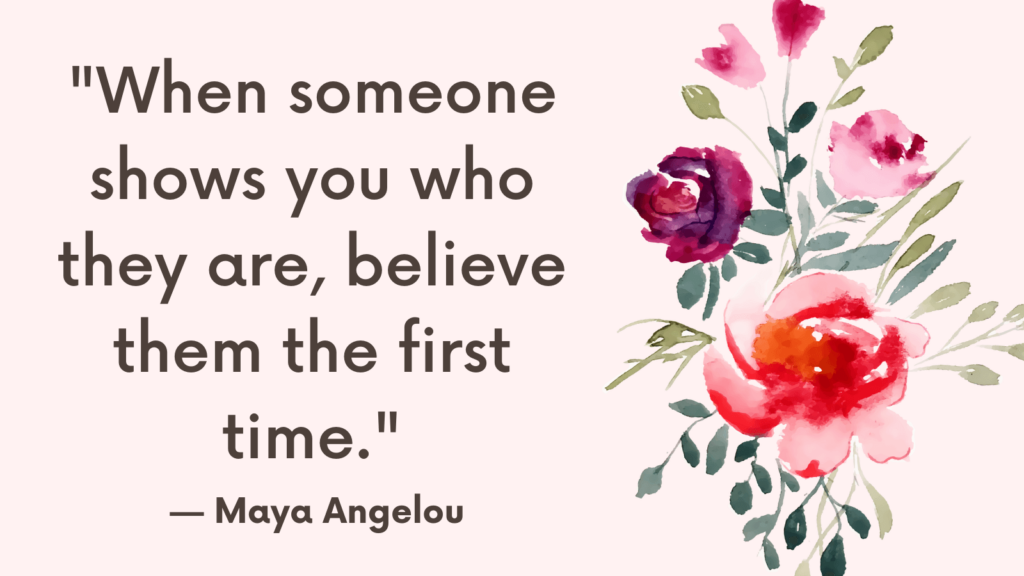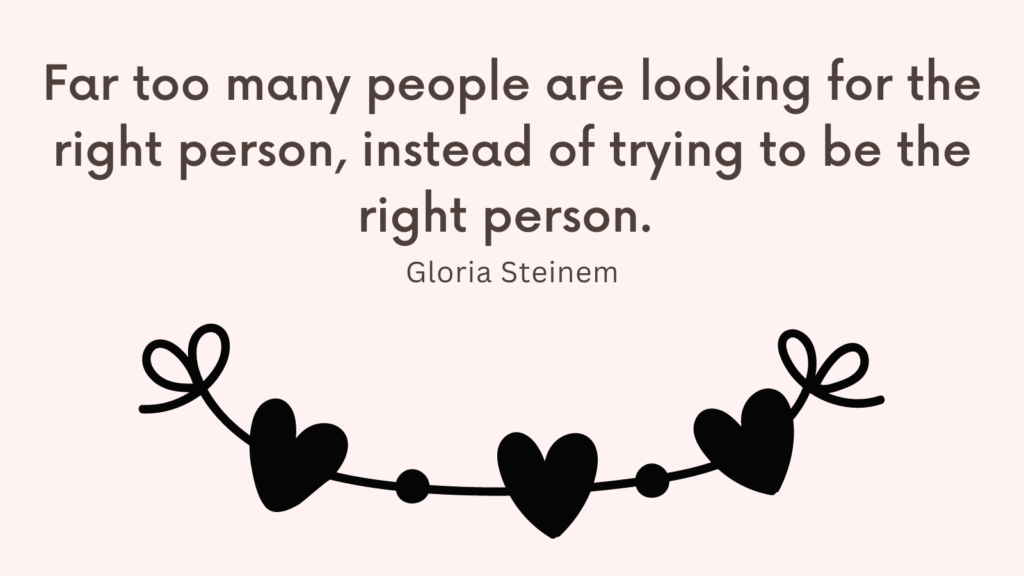This post contains a list of silent red flags in a relationship to watch out for.
Why Silent Red Flags Are So Easy to Miss
They Hide Behind “Not That Bad”
You might tell yourself, “At least they’re not abusive. At least they’re still here.” But minimal harm isn’t the same as emotional safety.
They Feel Familiar
If you grew up minimizing your needs or caretaking others, emotional neglect or subtle control might feel normal — even comforting.
You Doubt Yourself Before You Trust Yourself
When the issues are quiet, it’s easy to gaslight yourself. “Maybe I’m overthinking. Maybe I just expect too much.”
Silent Red Flags In A Relationship
Silent red flags in a relationship can be subtle indicators of potential issues that may not be immediately obvious.
Identifying and addressing these red flags early on can help prevent more serious conflicts or distress down the line.
1. Lack of Open Communication
Open and honest communication is the foundation of a healthy relationship.
When one or both partners consistently avoid discussing important topics, dismiss the other’s concerns, or become defensive when approached with feedback, it can be a silent red flag.
Over time, this lack of communication can lead to feelings of emotional distance and disconnect.
2. Disregard for Boundaries
Respecting each other’s boundaries is essential for mutual trust and respect.
If a partner consistently ignores or dismisses your boundaries, whether they are physical, emotional, or personal, it can indicate a lack of regard for your autonomy and well-being.
This can manifest as subtle boundary-crossing behaviors or a persistent disregard for your comfort levels.
3. Emotional Unavailability
A partner who is consistently emotionally distant or unavailable can be a silent red flag.
This may manifest as an unwillingness to share vulnerabilities, a lack of empathy, or an avoidance of emotional intimacy.
Over time, emotional unavailability can create feelings of loneliness and disconnection within the relationship.
Related: Relationship Red Flags Quiz
4. Passive-Aggressive Behavior
Subtle expressions of hostility, resentment, or anger through passive-aggressive behavior can be indicative of underlying conflict avoidance or difficulty expressing emotions directly.
This can include backhanded compliments, intentional procrastination, or subtle acts of sabotage, all of which erode trust and openness in the relationship.
5. Frequent Criticism or Negativity
Consistent criticism, sarcasm, or negative remarks from a partner can serve as silent red flags.
While occasional disagreements are normal in any relationship, a pervasive atmosphere of negativity can contribute to feelings of insecurity and inadequacy.
6. Limited Empathy and Understanding
Empathy is a key component of emotional connection and support in a relationship.
If a partner consistently demonstrates a lack of empathy, dismisses your feelings, or fails to offer support during times of need, it can indicate a potential imbalance in the emotional dynamic of the relationship.
Related: Yellow Flags In A Relationship
7. Control and Manipulation
Subtle attempts to control or manipulate a partner can be challenging to identify but are important to recognize.
This can include subtle forms of gaslighting, subtle guilt-tripping, or using affection as a means of control.
Over time, these behaviors can erode self-esteem and independence.
8. Avoidance of Conflict Resolution
Avoidance or defensiveness in response to attempts at conflict resolution can be a silent red flag.
Healthy relationships involve respectful and constructive dialogue to address disagreements and find mutually beneficial solutions.
Persistent avoidance or unwillingness to engage in conflict resolution can lead to unresolved issues and emotional distance.
9. Imbalance in Decision-Making
An unequal distribution of decision-making power or a consistent disregard for your preferences and needs can signal an imbalance in the relationship.
This can manifest as subtle pressure to conform to your partner’s desires or limited consideration of your viewpoint in important decisions.
Related: Best 12 First Month Of Dating Tips – According To Science
10. Lack of Support for Personal Growth
A partner’s lack of encouragement or support for your personal goals and growth can be a subtle red flag.
Whether it’s dismissing your aspirations, being unsupportive of your pursuits, or showing disinterest in your personal development, this can hinder your sense of autonomy and fulfillment.

Conclusion
Recognizing silent red flags in a relationship requires attentiveness to subtle shifts in emotional dynamics, communication patterns, and mutual respect.
By acknowledging and addressing these warning signs early on, individuals can navigate their relationships with increased awareness, foster open dialogue, and maintain emotional well-being.



